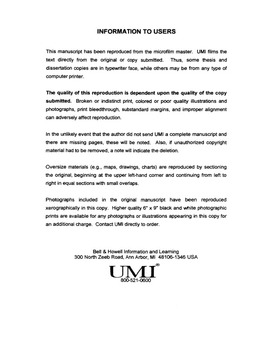| dc.description.abstract | Anaerobic sediments from an aquifer contaminated with landfill leachate were used to study the potential for microbial reduction of Cr(VI) to Cr(III). The lightly colored, sandy sediments slowly reduced Cr(VI) in viable, but not heat-killed, microcosms indicating a biological process. Microcosms containing sandy sediments and mineral medium were amended with various electron donors to determine those most important for biological Cr(VI) reduction. More than 500 muM Cr(VI) was reduced when formate, lactate, hydrogen, and glucose, but not benzoate or acetate, were added as electron donors. Chromate reduction in microcosms was not inhibited by the addition of sulfate, selenate, or Fe(III). However, the presence of nitrate partially inhibited Cr(VI) reduction. Nearly complete inhibition of Cr(VI) reduction was observed when microcosms were shaken in the presence of oxygen. The addition of molybdate to the microcosms did not affect Cr(VI) reduction in sandy sediments until very high concentrations (40 times the Cr(VI) concentration) were used. The addition of bromoethanesulfonic acid (BESA) in amounts less than, or slightly greater than, the Cr(VI) concentration partially inhibited Cr(VI) reduction in the microcosms. An anaerobic Cr(VI)-utilizing enrichment was obtained that was dependent upon hydrogen for both growth and Cr(VI) reduction. Growth and Cr(VI) reduction by the enrichment were completely inhibited by the addition of formaldehyde, partially inhibited by molybdate, and completely unaffected by BESA. No methane was produced by the enrichment, which reduced about 750 muM Cr(VI) in less than six days. These studies showed that Cr(VI) reduction in sandy aquifer sediments is a biologically mediated, anaerobic process that is inhibited by oxygen and nitrate. In addition, electron donors which resulted in increased available hydrogen showed a greater extent of Cr(VI) reduction. | en_US |
